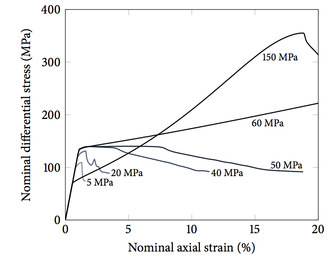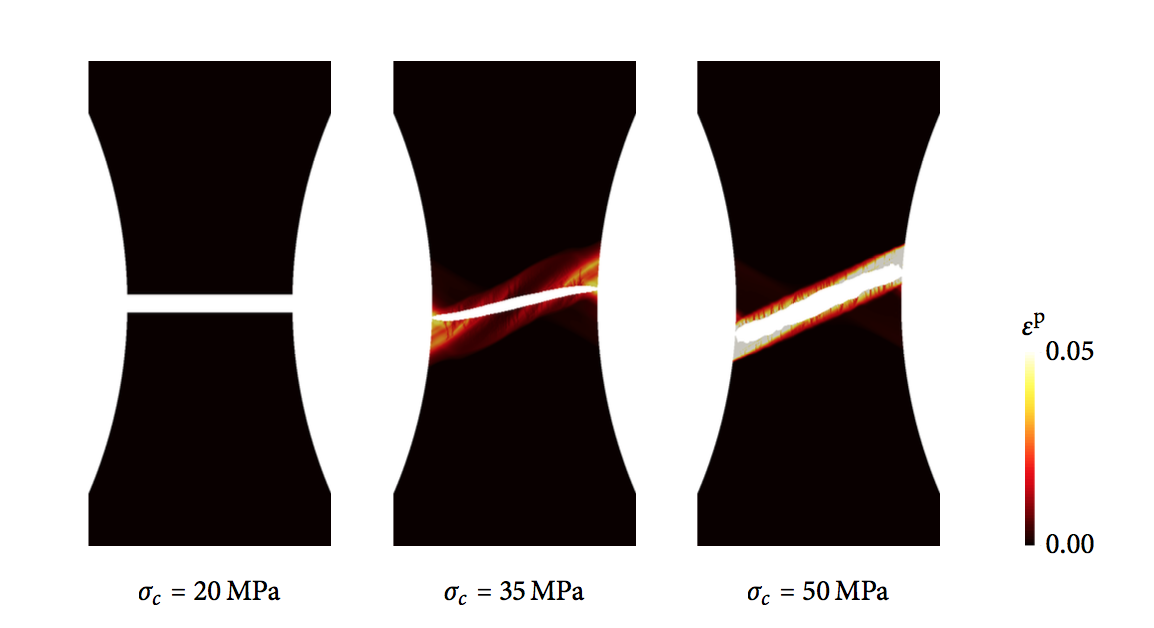|
Attended the ICE Award Ceremony at the Institution of Civil Engineers headquarter. I am so honored to receive the Zienkiewicz Medal. Also great to meet Prof. David Potts from Imperial College London again. What a day! #CUSEAS #Zienkiewicz #geomechanics #ICE #geotechnics
3 Comments
A multiscale damage-plasticity model for compaction band and fractures in anisotropic fluid-infiltrating porous media Abstract: Many engineering applications, such as geological disposal of nuclear waste, require reliable predictions on the hydro-mechanical responses of porous media exposed to extreme environments. This presentation will discuss the relevant modeling techniques designed specific for porous media subjected to such harsh environments. In particular, we will provide an overview of (1) the variational eigen-deformation techniques used to model brittle fracture and compaction bands, (2) the usage of adaptive nonlocal multiscale techniques to link grain-scale simulations to macroscopic predictions and hence bypass the usage of any macroscopic phenomenological law, and the coupling of crystal plasticity and multi-phase-field model designed to replicate the thermal- and rate-dependent damage-plasticity of crystalline rock. Special emphasis is placed on how formation and propagation of flow barrier formed by array of compaction bands and the flow conduit formed by fractures interact and affected the macroscopic hydro-mechanical behavior of brittle porous media. (hosted by Prof. Robert Zimmerman) Title:
Coupled phase-field and plasticity modeling of geological materials: from brittle fracture to ductile flow Author: Jinhyun Choo, WaiChing Sun Accepted Date: Oct 4th, 2017 Abstract: The failure behavior of geological materials depends heavily on confining pressure and strain rate. Under a relatively low confining pressure, these materials tend to fail by brittle, localized fracture, but as the confining pressure increases, they show a growing propensity for ductile, diffuse failure accompanying plastic flow. Furthermore, the rate of deformation often exerts control on the brittleness. Here we develop a theoretical and computational modeling framework that encapsulates this variety of failure modes and their brittle-ductile transition. e framework couples a pressure-sensitive plasticity model with a phase-field approach to fracture which can simulate complex fracture propagation without tracking its geometry. We derive a phase-field formulation for fracture in elastic-plastic materials as a balance law of microforce, in a new way that honors the dissipative nature of the fracturing processes. For physically meaningful and numerically robust incorporation of plasticity into the phase-field model, we introduce several new ideas including the use of phase-field effective stress for plasticity, and the dilative/compactive split and rate-dependent storage of plastic work. We construct a particular class of the framework by employing a Drucker–Prager plasticity model with a compression cap, and demonstrate that the proposed framework can capture brittle fracture, ductile flow, and their transition due to confining pressure and strain rate. [PDF] |
Group NewsNews about Computational Poromechanics lab at Columbia University. Categories
All
Archives
July 2023
|














 RSS Feed
RSS Feed